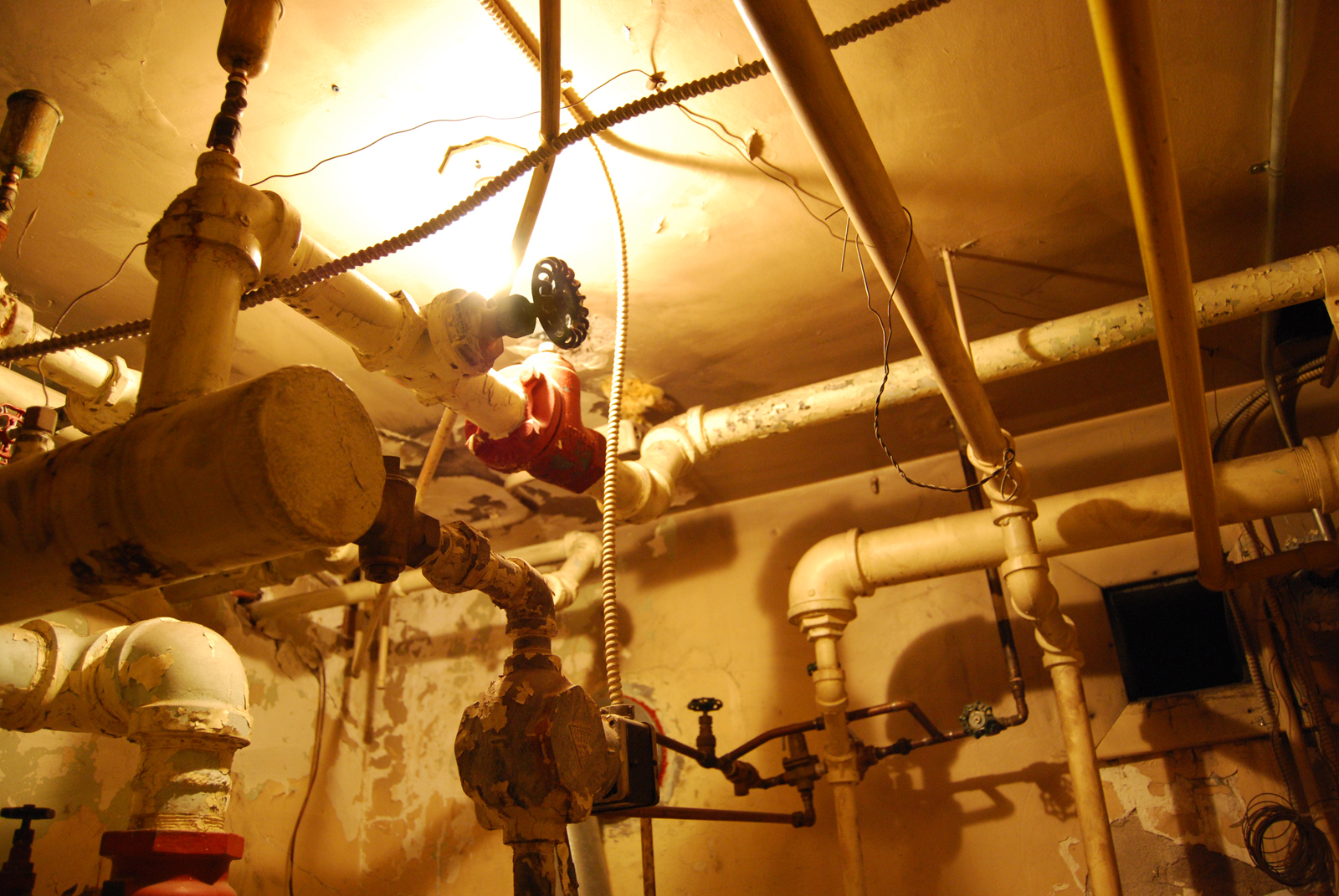|
Faucet Aerator
A faucet aerator (or tap aerator) is often found at the tip of modern indoor water faucets. Aerators can simply be screwed onto the faucet head, creating a non-splashing stream and often delivering a mixture of water and air. Function An aerator can: * Prevent splashing * Shape the water stream coming out of the faucet spout, to produce a straight and evenly pressured stream * Conserve water and reduce energy costs * Reduce faucet noise * Increase perceived water pressure (often used in homes with low water pressure); sometimes described as a pressure regulator or flow regulator * Provide slight filtration of debris due to a small sieve plate Splash prevention When a single stream of water hits a surface the water must go somewhere, and because the stream is uniform the water will tend to go mostly in the same direction. If a single stream hits a surface which is curved, then the stream will conform to the shape and be easily redirected with the force of the volume of water ... [...More Info...] [...Related Items...] OR: [Wikipedia] [Google] [Baidu] |
Faucet2
A tap (also spigot or faucet: see #Nomenclature, usage variations) is a valve controlling the release of a liquid or gas. Nomenclature United Kingdom * Tap is used in the United Kingdom and most of the Commonwealth of Nations, Commonwealth for any everyday type of valve, particularly the fittings that control water supply to bathtubs and sinks. United States * Faucet is the most common term in the US, similar in use to "tap" in British English, e.g. "water faucet" (although the term "tap" is also used in the US). * Spigot is used by professionals in the trade (such as plumbers), and typically refers to an outdoor fixture. * Silcock (and sillcock), same as "spigot", referring to a "cock" (as in stopcock and petcock) that penetrates a foundation sill plate, sill. * Bib (bibcock, and hose bib or hosebibb), usually a freeze-resistant version of a "spigot". * Wall hydrant, same as "hosebibb". * Tap generally refers to a beer tap, keg or barrel tap, though also commonly refers t ... [...More Info...] [...Related Items...] OR: [Wikipedia] [Google] [Baidu] |
Faucets
A tap (also spigot or faucet: see usage variations) is a valve controlling the release of a liquid or gas. Nomenclature United Kingdom * Tap is used in the United Kingdom and most of the Commonwealth for any everyday type of valve, particularly the fittings that control water supply to bathtubs and sinks. United States * Faucet is the most common term in the US, similar in use to "tap" in British English, e.g. "water faucet" (although the term "tap" is also used in the US). * Spigot is used by professionals in the trade (such as plumbers), and typically refers to an outdoor fixture. * Silcock (and sillcock), same as "spigot", referring to a "cock" (as in stopcock and petcock) that penetrates a foundation sill. * Bib (bibcock, and hose bib or hosebibb), usually a freeze-resistant version of a "spigot". * Wall hydrant, same as "hosebibb". * Tap generally refers to a keg or barrel tap, though also commonly refers to a faucet that supplies either hot or cold water and not b ... [...More Info...] [...Related Items...] OR: [Wikipedia] [Google] [Baidu] |
Water Conservation
Water conservation includes all the policies, strategies and activities to sustainably manage the natural resource of fresh water, to protect the hydrosphere, and to meet the current and future human demand (thus avoiding water scarcity). Population, household size and growth and affluence all affect how much water is used. Factors such as climate change have increased pressures on natural water resources especially in manufacturing and agricultural irrigation. Many countries have already implemented policies aimed at water conservation, with much success. The key activities to conserve water are as follows: any beneficial reduction in water loss, use and waste of resources, avoiding any damage to water quality; and improving water management practices that reduce the use or enhance the beneficial use of water. Technology solutions exist for households, commercial and agricultural applications. Water conservation programs involved in social solutions are typically initiated at the ... [...More Info...] [...Related Items...] OR: [Wikipedia] [Google] [Baidu] |
Pressure Regulator
A pressure regulator is a valve that controls the pressure of a fluid or gas to a desired value, using negative feedback from the controlled pressure. Regulators are used for gases and liquids, and can be an integral device with a pressure setting, a restrictor and a sensor all in the one body, or consist of a separate pressure sensor, controller and flow valve. Two types are found: The pressure reduction regulator and the back-pressure regulator. *A pressure reducing regulator is a control valve that reduces the input pressure of a fluid or gas to a desired value at its output. It is a normally-open valve and is installed upstream of pressure sensitive equipment. *A back-pressure regulator, back-pressure valve, pressure sustaining valve or pressure sustaining regulator is a control valve that maintains the set pressure at its inlet side by opening to allow flow when the inlet pressure exceeds the set value. It differs from an over-pressure relief valve in that the over-pressu ... [...More Info...] [...Related Items...] OR: [Wikipedia] [Google] [Baidu] |
Bernoulli's Principle
In fluid dynamics, Bernoulli's principle states that an increase in the speed of a fluid occurs simultaneously with a decrease in static pressure or a decrease in the fluid's potential energy. The principle is named after the Swiss mathematician and physicist Daniel Bernoulli, who published it in his book ''Hydrodynamica'' in 1738. Although Bernoulli deduced that pressure decreases when the flow speed increases, it was Leonhard Euler in 1752 who derived Bernoulli's equation in its usual form. The principle is only applicable for isentropic flows: when the effects of irreversible processes (like turbulence) and non-adiabatic processes (e.g. thermal radiation) are small and can be neglected. Bernoulli's principle can be applied to various types of fluid flow, resulting in various forms of Bernoulli's equation. The simple form of Bernoulli's equation is valid for incompressible flows (e.g. most liquid flows and gases moving at low Mach number). More advanced forms may be applied ... [...More Info...] [...Related Items...] OR: [Wikipedia] [Google] [Baidu] |
Discharge (hydrology)
In hydrology, discharge is the volumetric flow rate of water that is transported through a given cross-sectional area. It includes any suspended solids (e.g. sediment), dissolved chemicals (e.g. CaCO3(aq)), or biologic material (e.g. diatoms) in addition to the water itself. Terms may vary between disciplines. For example, a fluvial hydrologist studying natural river systems may define discharge as streamflow, whereas an engineer operating a reservoir system may equate it with outflow, contrasted with inflow. Theory and calculation A discharge is a measure of the quantity of any fluid flow over unit time. The quantity may be either volume or mass. Thus the water discharge of a tap (faucet) can be measured with a measuring jug and a stopwatch. Here the discharge might be 1 litre per 15 seconds, equivalent to 67 ml/second or 4 litres/minute. This is an average measure. For measuring the discharge of a river we need a different method and the most common is the 'area-velocity' method. ... [...More Info...] [...Related Items...] OR: [Wikipedia] [Google] [Baidu] |
ASME
The American Society of Mechanical Engineers (ASME) is an American professional association that, in its own words, "promotes the art, science, and practice of multidisciplinary engineering and allied sciences around the globe" via "continuing education, training and professional development, codes and standards, research, conferences and publications, government relations, and other forms of outreach." ASME is thus an engineering society, a standards organization, a research and development organization, an advocacy organization, a provider of training and education, and a nonprofit organization. Founded as an engineering society focused on mechanical engineering in North America, ASME is today multidisciplinary and global. ASME has over 85,000 members in more than 135 countries worldwide. ASME was founded in 1880 by Alexander Lyman Holley, Henry Rossiter Worthington, John Edison Sweet and Matthias N. Forney in response to numerous steam boiler pressure vessel failures. Kno ... [...More Info...] [...Related Items...] OR: [Wikipedia] [Google] [Baidu] |
Leadership In Energy And Environmental Design
Leadership in Energy and Environmental Design (LEED) is a green building certification program used worldwide. Developed by the non-profit U.S. Green Building Council (USGBC), it includes a set of rating systems for the design, construction, operation, and maintenance of green buildings, homes, and neighborhoods, which aims to help building owners and operators be environmentally responsible and use resources efficiently. By 2015, there were over 80,000 LEED-certified buildings and over 100,000 LEED-accredited professionals. Most LEED-certified buildings are located in major U.S. metropolises. LEED Canada has developed a separate rating system adapted to the Canadian climate and regulations. Some U.S. federal agencies, state and local governments require or reward LEED certification. This can include tax credits, zoning allowances, reduced fees, and expedited permitting. Studies have found that for-rent LEED office spaces generally have higher rents and occupancy rates and ... [...More Info...] [...Related Items...] OR: [Wikipedia] [Google] [Baidu] |
WELS Rating
Water Efficiency Labelling and Standard (WELS) is a labeling scheme initiated by the Australian Government to help Australian households conserve water and money. On 1 July 2006, it became mandatory across Australia to carry a (WELS) Water Rating label when selling showers, washing machines, dishwashers, toilet equipment, urinal equipment and tap equipment intended for use over kitchen sinks, bathroom basins, laundry tubs or ablution troughs. See also *Energy rating label *Water efficiency Water efficiency is the practice of reducing water consumption by measuring the amount of water required for a particular purpose and is proportionate to the amount of essential water used.Vickers, Amy. “Water use and conservation." Amherst, MA ... References External links Water Rating scheme 2006 introductions Ecolabelling Water conservation Water supply and sanitation in Australia {{Watersupply-stub ... [...More Info...] [...Related Items...] OR: [Wikipedia] [Google] [Baidu] |
Plumbing
Plumbing is any system that conveys fluids for a wide range of applications. Plumbing uses pipes, valves, plumbing fixtures, tanks, and other apparatuses to convey fluids. Heating and cooling (HVAC), waste removal, and potable water delivery are among the most common uses for plumbing, but it is not limited to these applications. The word derives from the Latin for lead, ''plumbum'', as the first effective pipes used in the Roman era were lead pipes. In the developed world, plumbing infrastructure is critical to public health and sanitation. Boilermakers and pipefitters are not plumbers although they work with piping as part of their trade and their work can include some plumbing. History Plumbing originated during ancient civilizations, as they developed public baths and needed to provide potable water and wastewater removal for larger numbers of people. The Mesopotamians introduced the world to clay sewer pipes around 4000 BCE, with the earliest examples found i ... [...More Info...] [...Related Items...] OR: [Wikipedia] [Google] [Baidu] |
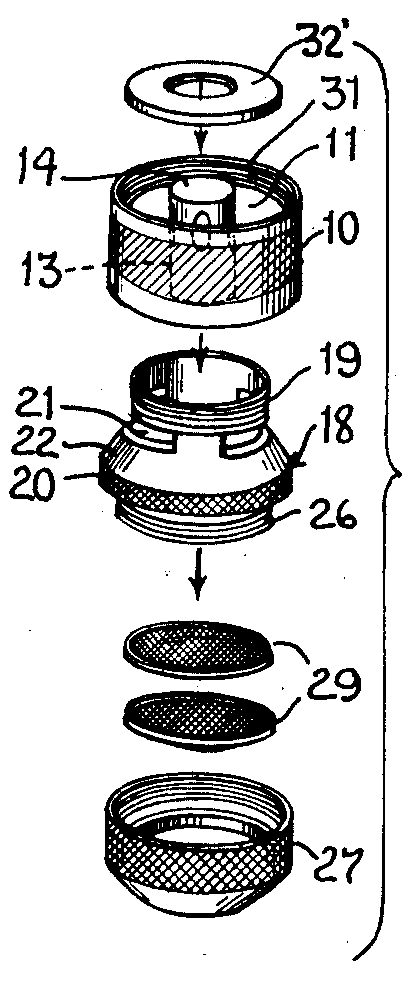
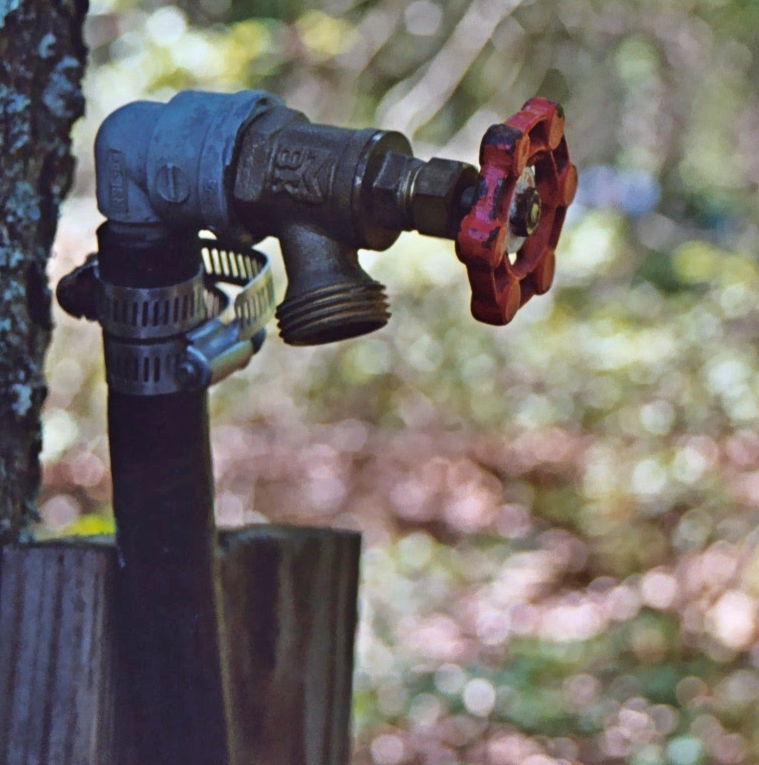
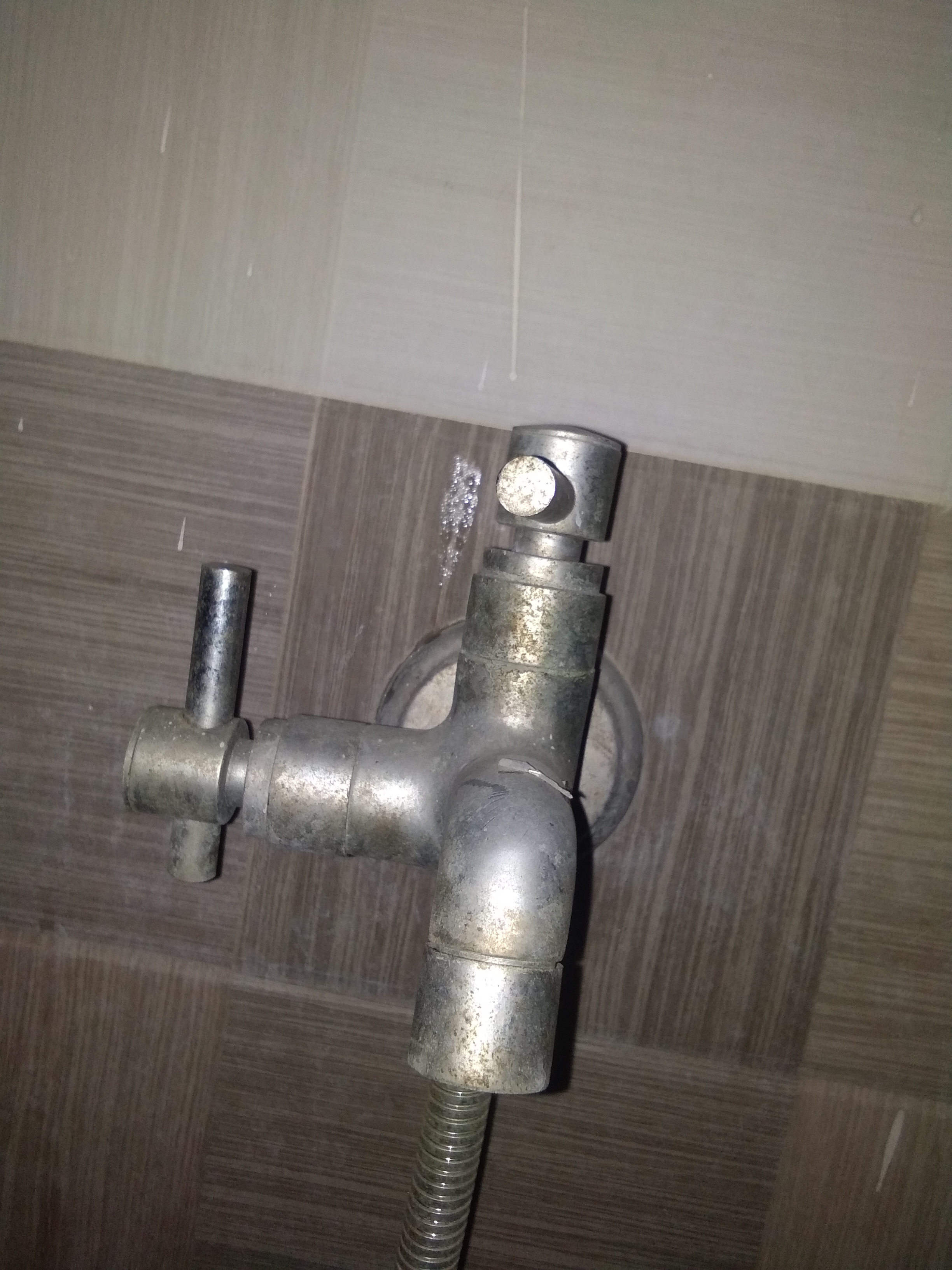
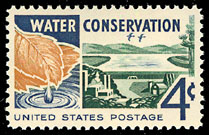


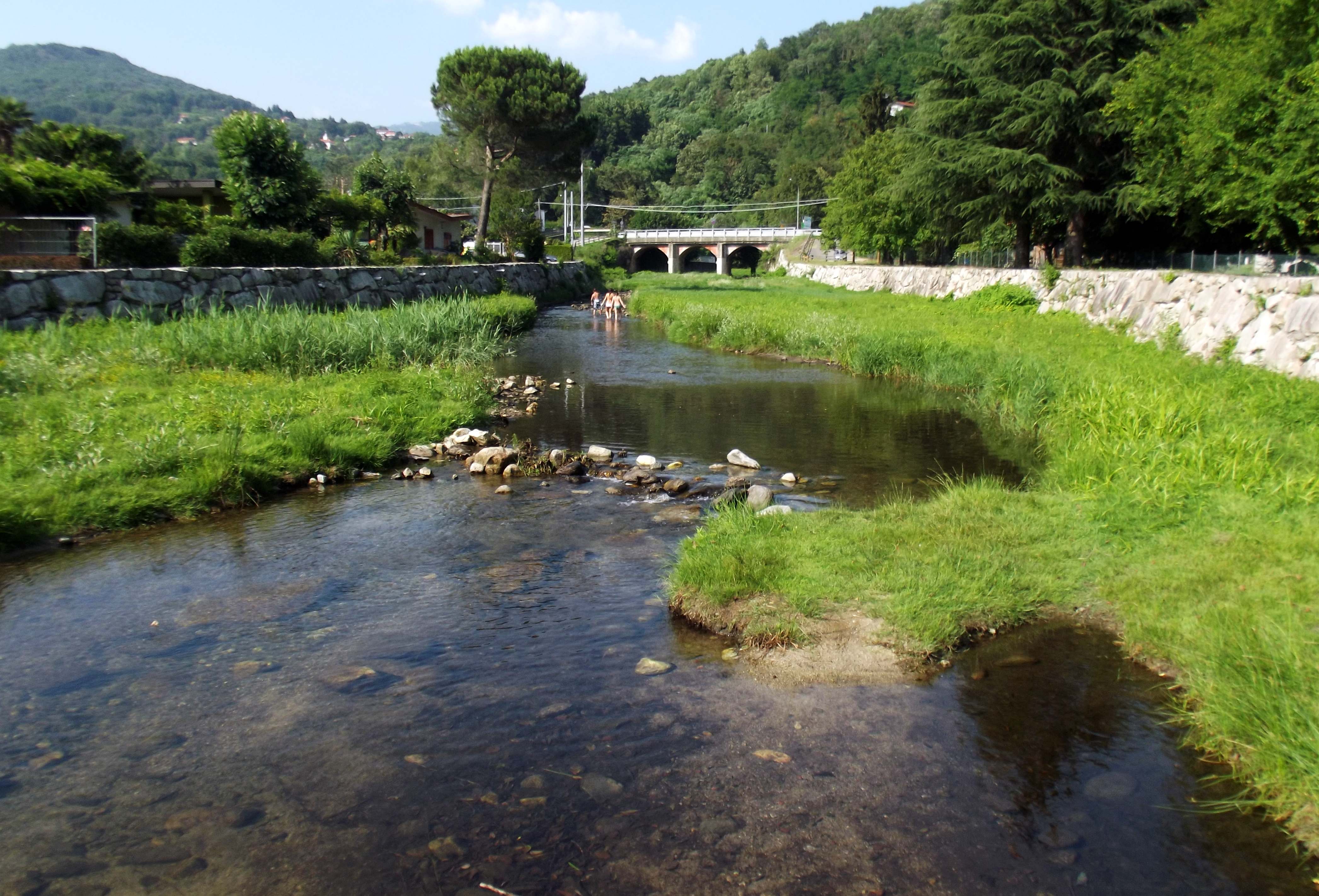
_pg328_AMERICAN_SOCIETY_OF_MECHANICAL_ENGINEERS._12_WEST_31ST_STREET.jpg)
.jpg)
